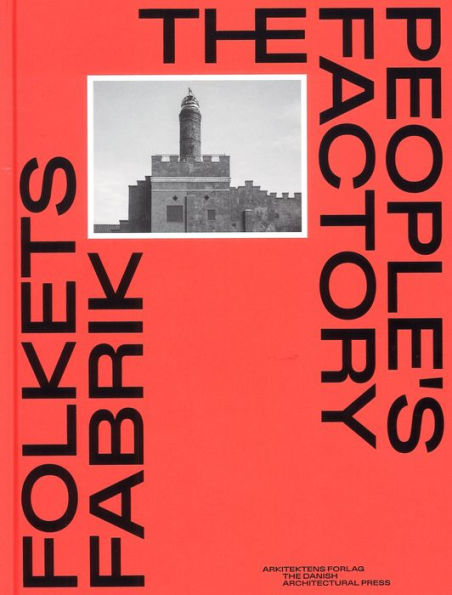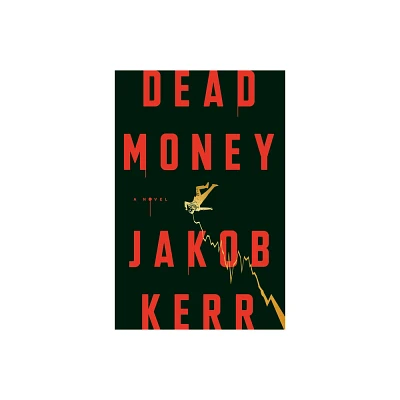Home
Jakob Tuggener: Fabrik: A Photo Epos of Technology
Loading Inventory...
Barnes and Noble
Jakob Tuggener: Fabrik: A Photo Epos of Technology
Current price: $85.00


Barnes and Noble
Jakob Tuggener: Fabrik: A Photo Epos of Technology
Current price: $85.00
Loading Inventory...
Size: OS
*Product Information may vary - to confirm product availability, pricing, and additional information please contact Barnes and Noble
Jakob Tuggener's
Fabrik
, published in Zurich in 1943, is a milestone in the history of the photography book. Its 72 images, in the expressionist aesthetic of a silent movie, impart a skeptical view of technological progress: at the time the Swiss military industry was producing weapons for World War II. Tuggener, who was born in 1904, had an uncompromisingly critical view of the military-industrial complex that did not suit his era. His images of rural life and high-society parties had been easy to sell, but
found no publisher. And when the book did come out, it was not a commercial success. Copies were sold at a loss and some are believed to have been pulped. Now this seminal work, which has since become a sought-after classic, is being reissued with a contemporary afterword. In his lifetime, Tuggener's work appearedat Robert Frank's suggestionin Edward Steichen's
Post-War European Photography
and in The Museum of Modern Art's seminal exhibition,
The Family of Man
, in whose catalogue it remains in print. Tuggener's death in 1988 left an immense catalogue of his life's work, much of which has yet to be shown: more than 60 maquettes, thousands of photographs, drawings, watercolors, oil paintings and silent films.
Fabrik
, published in Zurich in 1943, is a milestone in the history of the photography book. Its 72 images, in the expressionist aesthetic of a silent movie, impart a skeptical view of technological progress: at the time the Swiss military industry was producing weapons for World War II. Tuggener, who was born in 1904, had an uncompromisingly critical view of the military-industrial complex that did not suit his era. His images of rural life and high-society parties had been easy to sell, but
found no publisher. And when the book did come out, it was not a commercial success. Copies were sold at a loss and some are believed to have been pulped. Now this seminal work, which has since become a sought-after classic, is being reissued with a contemporary afterword. In his lifetime, Tuggener's work appearedat Robert Frank's suggestionin Edward Steichen's
Post-War European Photography
and in The Museum of Modern Art's seminal exhibition,
The Family of Man
, in whose catalogue it remains in print. Tuggener's death in 1988 left an immense catalogue of his life's work, much of which has yet to be shown: more than 60 maquettes, thousands of photographs, drawings, watercolors, oil paintings and silent films.

















